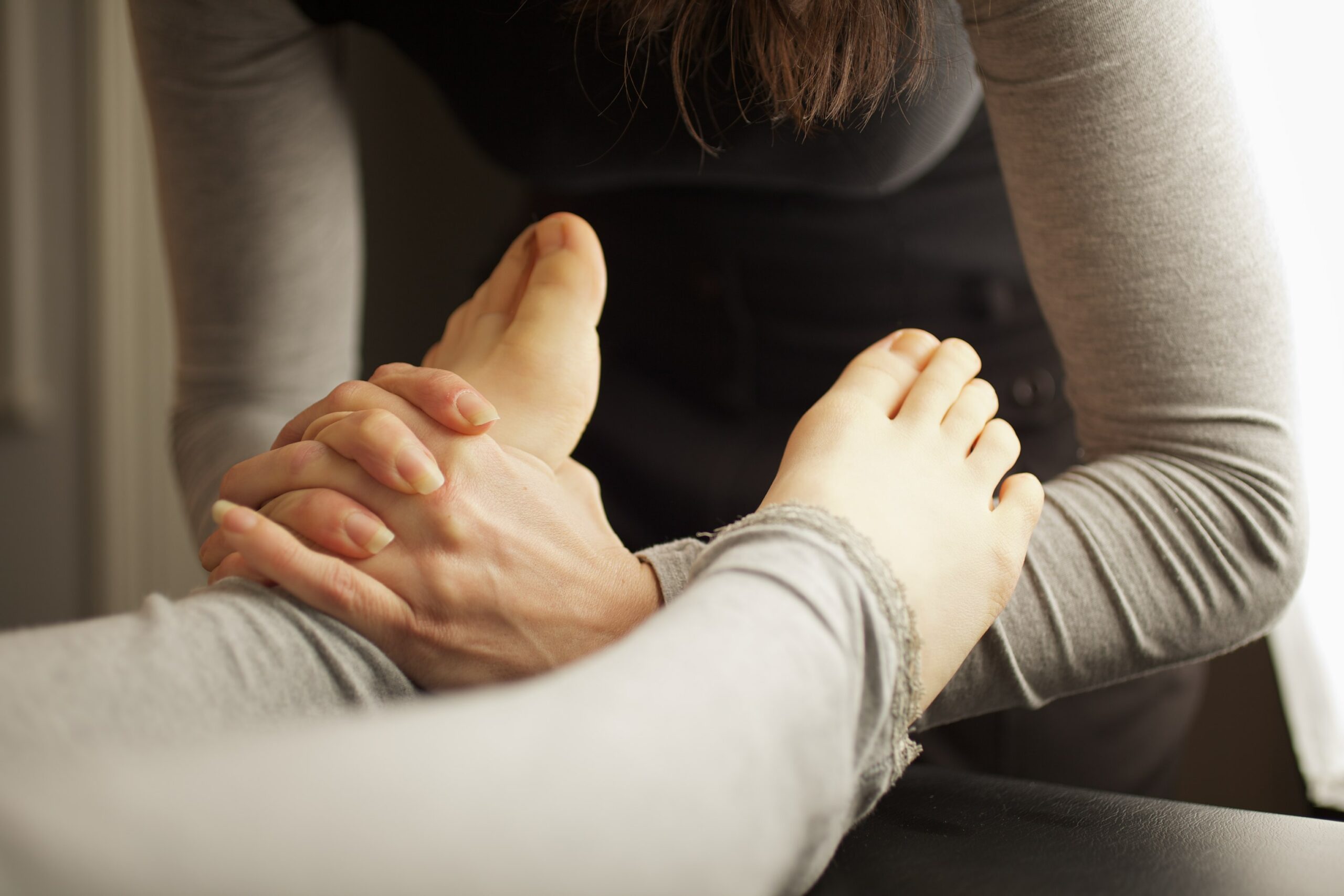
10 Aug Focus on Wellness: 4 Excellent Therapeutic Choices for Dancers
Ballet is a total body workout. Regardless of age or ability, every student experiences a degree of fatigue or discomfort as a result of their training. If you’ve developed a chronic problem spot, or maybe class just have you wiped, consider four alternative therapies to help you feel better.
Chiropractic Treatment
Using non-invasive methods, chiropractors help eliminate nerve compression, relieve headaches, and detect structural issues through the manipulation of the spine. In fact, your body takes a beating even when you’re not dancing. Sitting at a computer all day, lifting heavy items, or engaging in activities like gardening and general housework can take its toll. But with all the bends and twists from class, you have an even higher chance of getting something thrown out of whack. Chiropractic care can bring immediate relief from pain, improve alignment, and increase your range of motion.
Massage
If the sound of bones popping back into place has you on edge, massage is another great therapeutic modality. Muscle soreness from overuse is extremely common among adult dancers. While the best preventative measure would be regular exercise, massage can ease the discomfort that’s a result of doing too much too soon. If you don’t receive massage regularly, consider getting a Swedish massage; this style of massage is far less intense than deep tissue work, which can exacerbate already sore muscles. Using longer, mild strokes, Swedish massage helps soothe the muscle fibers and promote healing. For more specific work, a highly skilled therapist can employ deep tissue techniques to target problem areas, realigning the muscle and releasing pain.
Physical Therapy
In some cases, physical therapy may be needed to systematically nurse an old injury, or help you work through a current one. A physical therapist uses a series of stretches and movements to increase flexibility and mobility. Repetitive motion injuries are common in dance, leading to overworked muscles while others become weak. Physical therapy helps combat this imbalance by actively engaging complimentary muscle groups to work together. While a minor dance schedule shouldn’t cause any major injuries, physical therapy is a viable alternative to medication and surgery.
Simply Rest
Sometimes all you need is a good night’s sleep. Adequate rest helps the body relax and restore itself. If at all possible, try not to stay in your dance clothes longer than you have too; your leotard and tights tend to be tight and sweaty after class, which can be uncomfortable and inhibit your ability to relax. Once you’re home, settle into a warm bath with a few drops of lavender essential oil to help you unwind. Also, avoid the temptation to drop by your local Starbucks for an energy boost. Consuming caffeine before bedtime can disturb your body’s natural sleep rhythm. Ditto for your thermostat. Keep the temperature in your home relatively cool; you can always bundle up to stay warm, but if you’re too hot in the middle of the night, it can have you tossing all night.
These are some holistic strategies to keep your body healthy and at its optimal shape. Always listen to your body in class, and don’t be afraid to modify certain exercises when you need to.
